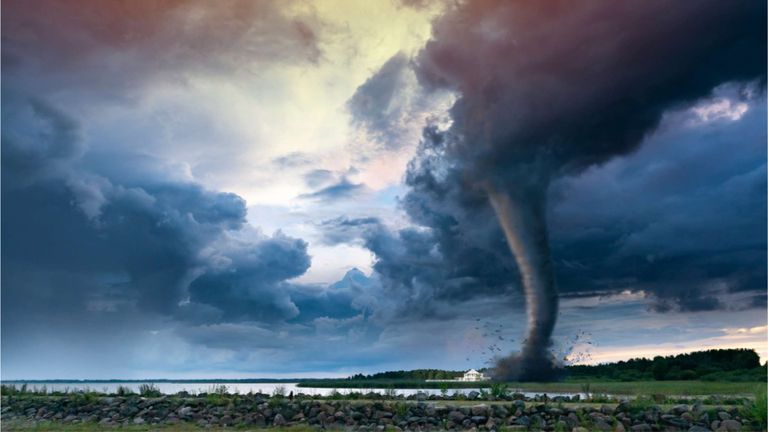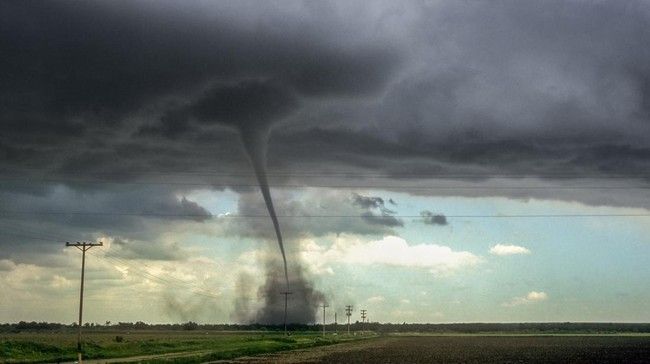A tornado is a powerful wind that rotates quickly and can seriously harm anything it comes into contact with, including buildings, trees, and cars. The difference in air pressure and temperature in nearby places is the primary cause of a tornado.
Typically, air pressure variations between adjacent places caused by varying air temperatures lead to tornadoes. Air will attempt to move from an area of low pressure to one of higher pressure. A tornado arises when air flows from a region of low pressure to an area of high pressure in a rotating motion.
Furthermore, large temperature variations between land and sea as well as interactions between various air masses such convection and diffusion can result in the formation of tornadoes. Temperature, humidity, and wind direction are a few examples of weather variables that might have an impact on a tornado's creation.
Although it is impossible to anticipate a tornado with absolute precision, weather scientists and meteorologists can keep an eye on weather patterns and issue early warnings to help communities take protective measures and limit damage.
Tornadoes frequently occur in a number of places around the world, including:
The United States' Tornado Belt, which is concentrated in the Midwest and includes Tornado Alley.
Southeast Asia, particularly in the Philippines, Malaysia, and Indonesia.
Territories with a tropical climate, such as the Caribbean, Central and South America, West and East Africa, and Northern Australia.
Mountainous and highland regions of Central and Eastern Europe.
Yet, despite the fact that tornadoes frequently occur in this region, it is crucial to remain cautious and take all necessary precautions based on the local environmental conditions.



